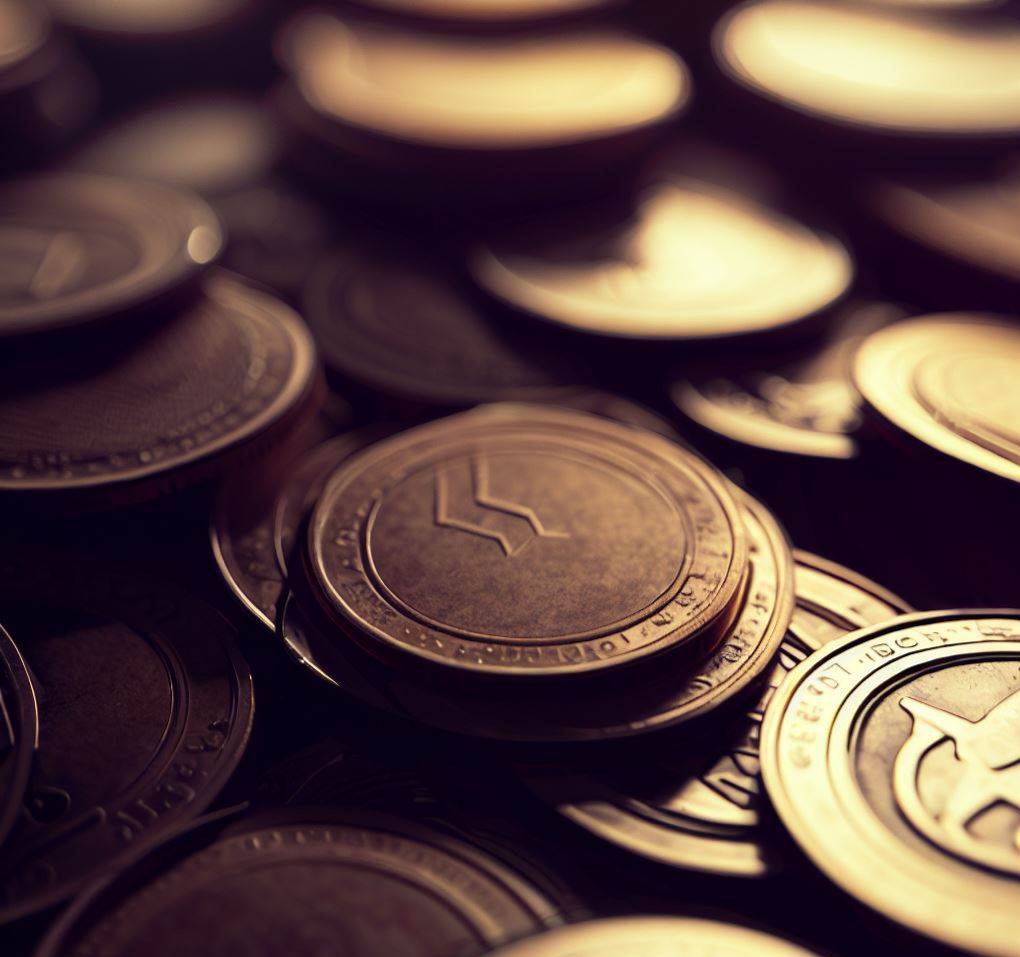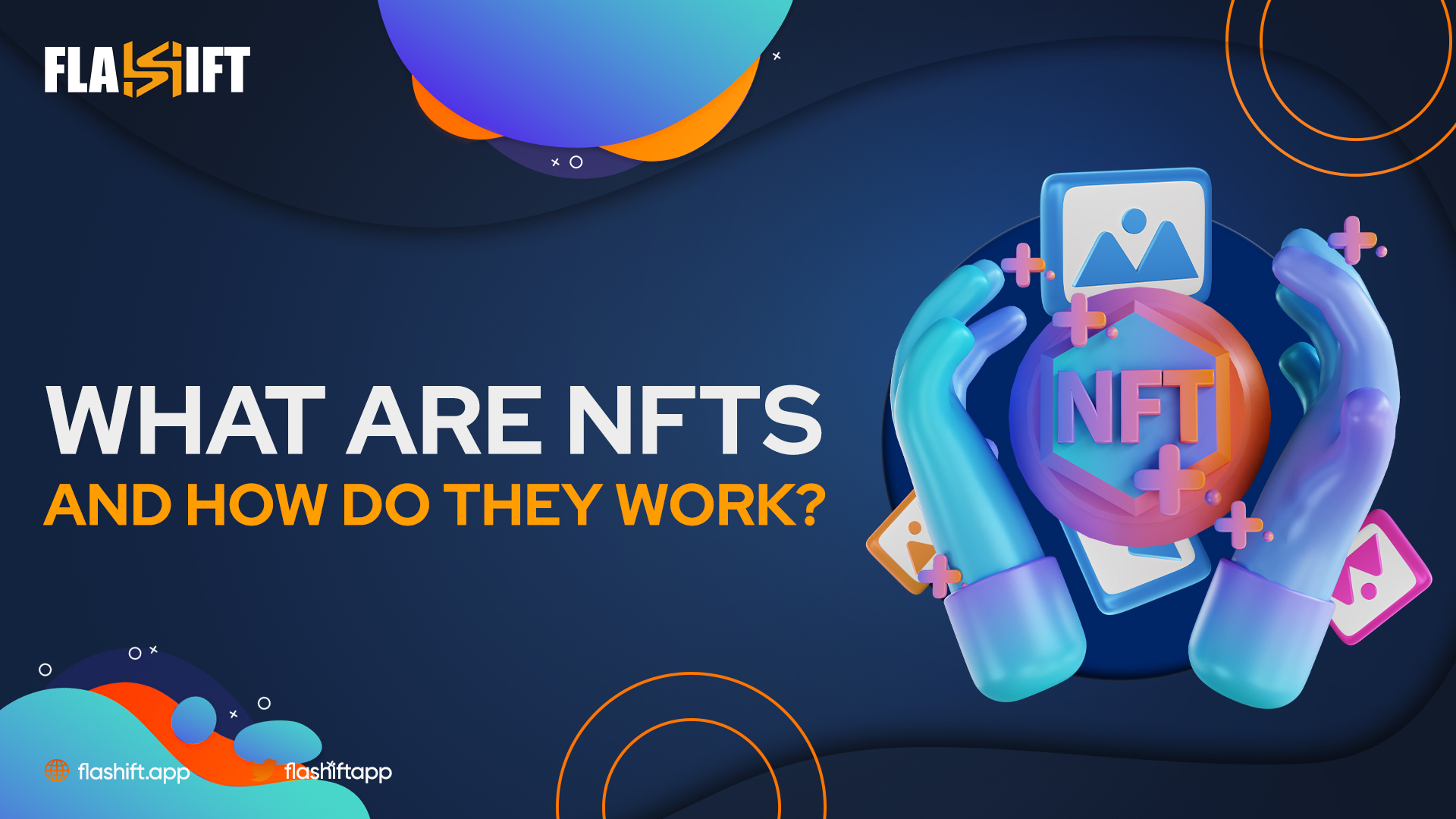Non-fungible tokens (NFTs) are commodities that have been encoded using blockchain technology. They are given distinct identifying numbers and information that set them apart from different tokens.
NFTs are able to be purchased and swapped for cash, digital currencies, or other non-fungible tokens, depending on market conditions and ownership value. For example, you might utilize a trading platform to generate a digital currency for a banana picture. Some may spend thousands for the NFT, while others may regard it as useless.
what is DeFi and how does it work?
Tokens are also used for cryptocurrencies; nevertheless, the key distinction is that two coins from a single blockchain are interchangeable—they are fungible. Although two non-fungible tokens from the exact same blockchain may appear the same, they are not convertible.
How Does an NFT Function?
non-fungible tokens reside on a blockchain, that is an open distributed database which stores activities. You’ve definitely heard of blockchain as the fundamental technique that allows currencies to exist. non-fungible tokens are commonly kept on the Ethereum blockchain, however they can also be held on other blockchains.

An NFT is “minted” using digital files that reflect elements that are tangible as well as intangible, such as:
- GIF Animations
- Artifacts
- Sports clips and highlights, documentaries and movies
- Antiques
- Video game graphics and avatars that are virtual
- Designed shoes
- Songs of different genres
The dark side of Cryptocurrency; security and privacy concerns!
NFTs are generated by a procedure known as minting, wherein the NFT’s data is stored on a blockchain. At the highest level, the minting procedure involves creating a new block, validating non-fungible tokens data with a validator, and closing the block. This minting procedure frequently includes the incorporation of smart contracts which allocate control and ownership to the non-fungible token’s adaptability.
Tokens are issued with an identification number that is directly connected to a blockchain location. Each token has an owner, and the owner’s data (i.e., the address where the generated token is kept) is accessible. Even if 5,000 NFTs of a single product are issued (equivalent to free-of-charge movie tickets), each token has its own unique identity.

Are NFTs safe?
Non-fungible tokens, like cryptocurrencies, that utilize the technology of blockchain are typically hard to penetrate. The weakest link in all blockchains, nevertheless, is the key to your NFT. The program that saves the keys may be compromised, and the gadgets on which the credentials are stored can be lost or destroyed, therefore the bitcoin blockchain adage “not your keys, not your coin” holds to both NFTs and Bitcoin. non-fungible tokens are safe if your keys are appropriately guarded.
top ten most eco-friendly cryptocurrencies 2023;
The most obvious advantage of NFTs is the effectiveness of the market. Tokenizing an actual product can help to speed sales procedures and eliminate the need for intermediaries. non-fungible tokens on a distributed ledger reflecting digital or physical paintings could remove the requirement for agencies and allow merchants to interact personally with their intended consumers (provided the creators know how to safely host their NFTs).
In conclusion
Non-fungible tokens are a development of cryptocurrency’s very straightforward premise. Modern financial systems are made up of complex dealing and financing platforms for many asset kinds, such as property, lending agreements, and artwork. non-fungible tokens advance the reconfiguration of this framework through the provision of electronic representations of commodities.
how to know the best time for investing in cryptocurrencies?
To be clear, neither the concept of digital pictures of physical goods nor the application to distinctive identity is revolutionary. When these ideas are paired with the advantages of a tamper-resistant blockchain, intelligent agreements, and automated processes, they constitute a powerful force for change.
